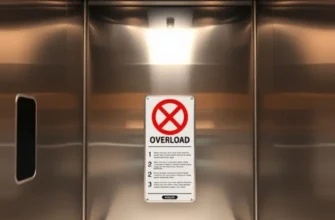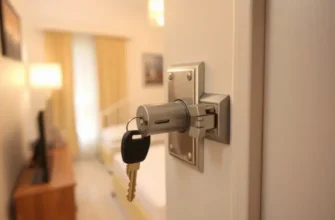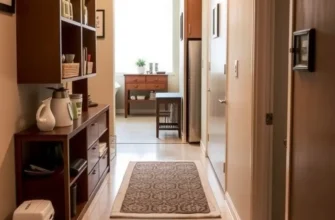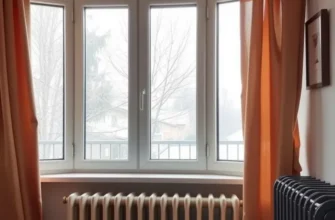Balconies offer a wonderful escape for renters to enjoy fresh air, drink coffee, or plant flowers, but they also pose certain risks. Understanding how to keep your balcony safe and secure not only enhances your personal enjoyment but also protects your family and possessions. Whether you’re a new tenant settling into a high-rise or a seasoned renter in a cozy garden apartment, prioritizing safety can prevent accidents and ensure peace of mind. In this guide, we’ll explore practical, easy-to-implement safety tips that cater specifically to renters, focusing on ways to secure your balcony without the hassles of major renovations. From securing furniture to understanding local regulations, this resource aims to empower you to create a safe, beautiful outdoor space where you can truly relax.
Securing Your Balcony: Safety Starts Here
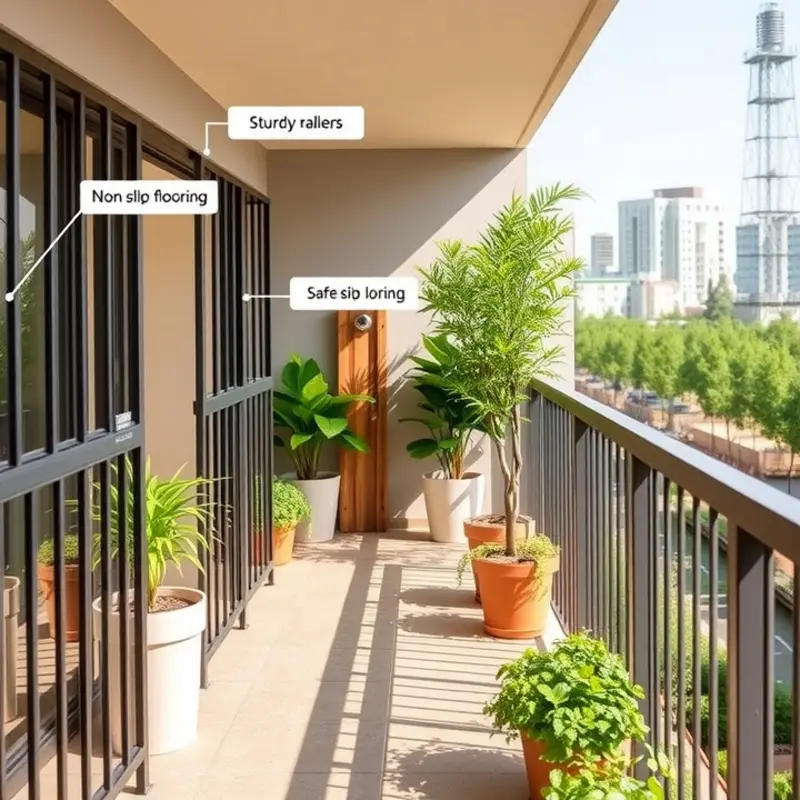
Securing your balcony is an essential part of ensuring a safe living environment. This task is even more critical for renters who must often find non-invasive methods to improve safety without altering the structure permanently. From anchoring furniture to setting up barriers and regulating access, various strategies can be implemented effectively and affordably.
One of the primary considerations is ensuring that the furniture on your balcony is secure. Strong winds or a bit of misplaced force can turn unsecured items into hazards. Begin by anchoring furniture to sturdy parts of the balcony, such as railings or walls, using heavy-duty fasteners. If drilling isn’t an option, opt for weather-resistant straps or weighted balcony furniture to minimize movement.
Next, consider installing barriers to prevent accidents, especially if children or pets are part of your household. Safety netting is a popular choice and can be done without permanent alterations. It’s crucial to select materials that are durable and weather-resistant. For guidance, you can explore articles like Balcony Safety Netting that provide practical tips on installation.
Monitoring access to your balcony is another layer of safety. Ensure that doors or windows leading to the balcony have sturdy locks. If locks are not installed, temporary solutions like portable security bars can offer additional security. These measures help prevent unauthorized access while maintaining your privacy.
When selecting materials for barricades or securing items, prioritize durability without compromising aesthetics. Stainless steel cables, polycarbonate panels, and UV-resistant plastics can be excellent choices. They offer both strength and an appealing, unobtrusive appearance that blends well with balcony decor.
Landlords may impose restrictions that complicate modification efforts, so always confirm what is permissible within your lease agreement. Communication can often lead to solutions that are both safe and lease-compliant, such as landlord-approved installations or temporary enhancements.
By thoroughly securing your balcony furniture, installing appropriate barriers, and regulating entry, you create a safer environment for everyone to enjoy. With attention to detail and the right materials, safety won’t compromise style or convenience.
Maintenance and Regulations: Keeping Your Balcony Safe
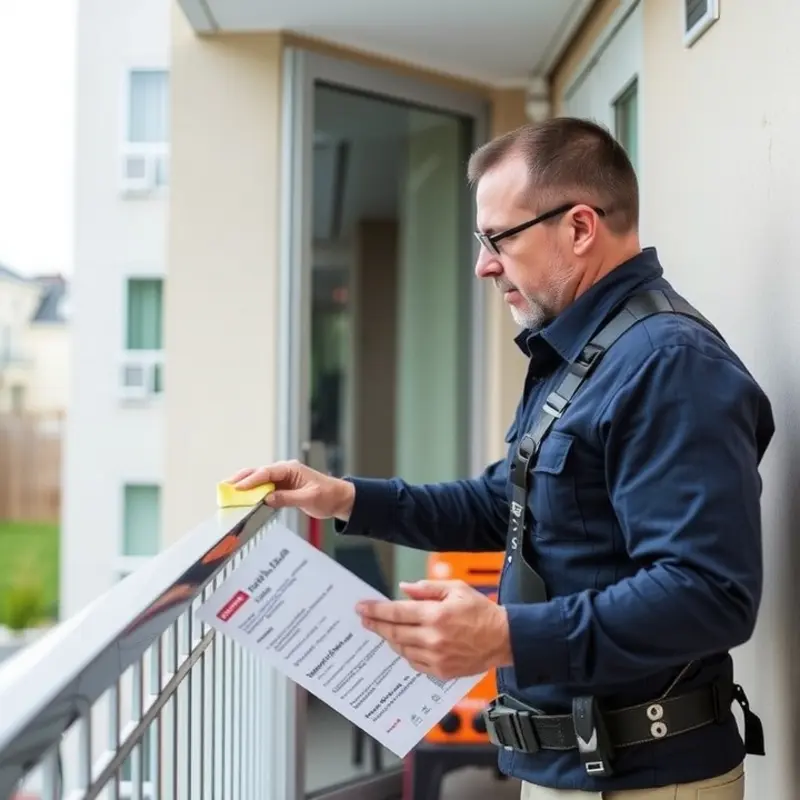
Whether you’re a tenant or a landlord, maintaining the safety of your balcony is an ongoing responsibility that requires diligence and awareness of various factors. Regular maintenance and strict adherence to local regulations are integral to keeping outdoor spaces secure and functional. Understanding the specific requirements, especially fire codes and other building regulations, forms the bedrock of ensuring balcony safety.
Regular maintenance starts with periodic inspections. Even minor deterioration can adversely affect balcony safety. Look for signs of structural integrity issues, such as rust on metal components, cracks in the flooring, or loosened railings. Routine cleaning is another essential maintenance activity, helping to prevent the accumulation of dirt and debris that can lead to structural damage over time. Weatherproofing treatments for wood and paint touch-ups for metal can help extend the lifespan of your balcony and maintain its safety standards.
Being familiar with your local regulations is crucial. These rules often dictate specific safety features, such as the minimum height and spacing of railings, that must be adhered to, ensuring your balcony is not only safe but also legally compliant. Additionally, fire codes may impose restrictions on the types of grills you can use or the distance between your balcony and combustible materials. Violating these guidelines can result in hefty fines or, worse, contribute to a preventable accident.
Landlords have specific responsibilities to ensure the balconies on their property comply with these codes. Renters should familiarize themselves with the landlord-tenant regulations in their area, which might dictate who is responsible for repairs and maintenance. In many jurisdictions, landlords are legally obligated to maintain the safety of the property, which includes conducting regular checks and addressing any safety concerns promptly. As a tenant, understanding these obligations helps you to advocate for necessary repairs or modifications effectively.
In addition to structural and regulatory aspects, don’t overlook ancillary factors that influence balcony safety. These include correctly arranging furniture to prevent obstruction of egress points and installing secure balcony rail netting if small children or pets are part of the household. According to a resource on balcony safety netting, implementing these preventative measures can significantly enhance balcony safety.
Ultimately, safe and secure outdoor spaces are a shared responsibility. Tenants and landlords must work collaboratively, each understanding their role in maintaining and enhancing safety. Addressing maintenance proactively and staying informed about regulations will not only ensure compliance but also provide peace of mind for everyone involved.
Final words
Balcony safety is an essential aspect of apartment living that shouldn’t be overlooked. By implementing the tips derived from securing your space effectively and ensuring consistent maintenance, you can greatly reduce risks and create an inviting outdoor sanctuary. Remember that creating a safe environment not only protects you and your loved ones but also enhances your enjoyment of your apartment. Take proactive steps today to enjoy your balcony worry-free and embrace every moment spent in your personal outdoor haven.



